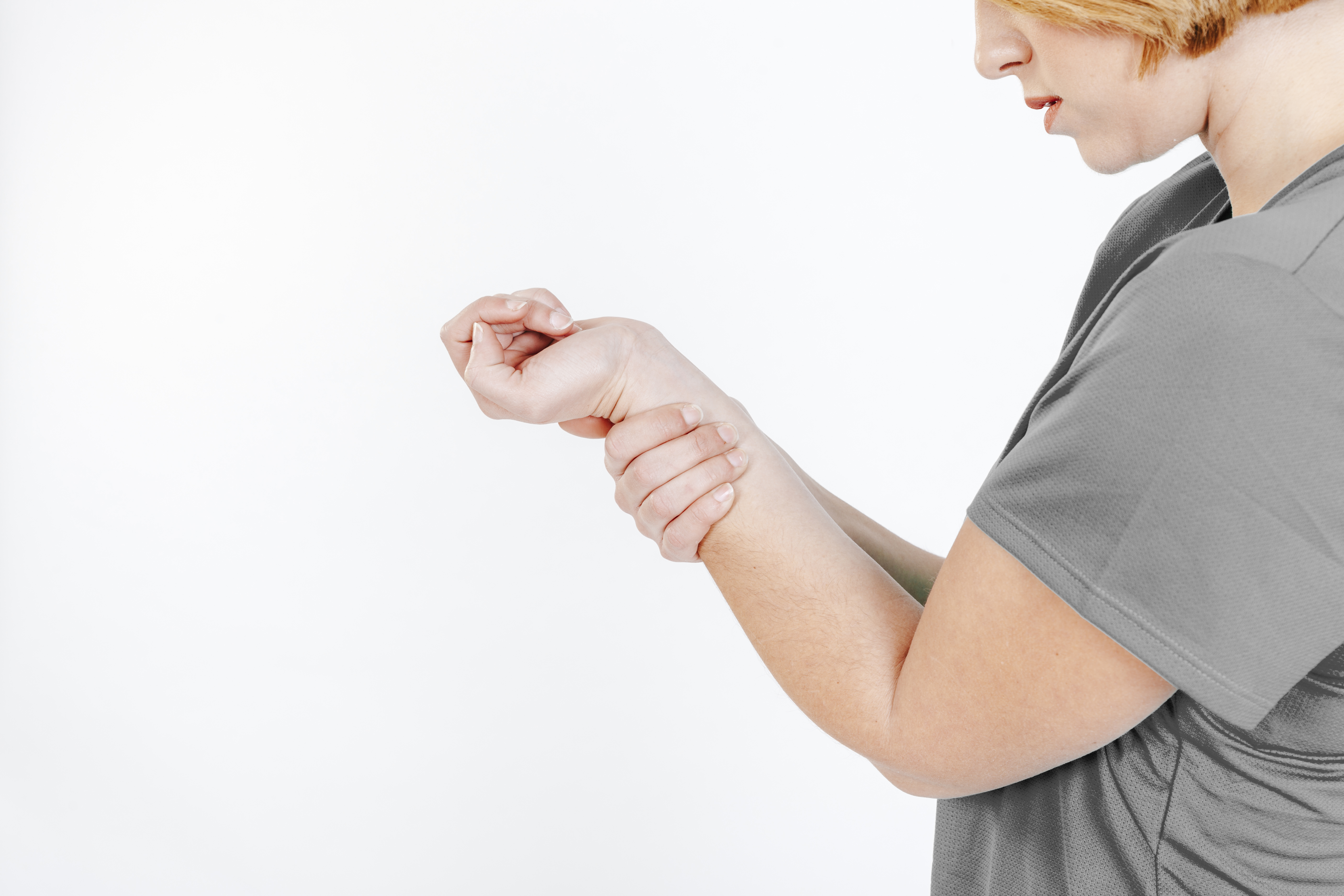3 Surgical Techniques to Treat Lymphedema
The treatment and management of upper and lower extremity lymphedema remain a challenging problem for patients and physicians. Fortunately, there have been several exciting developments for the surgical treatment of this condition.
Three surgical techniques demonstrate great promise for the different stages of lymphedema. All of these surgeries can be done as outpatient surgery with the patient going home the same day and avoiding a lengthy hospital stay.

(Image designed by Freepik)
The Lymphovenous Bypass
Lymphovenous bypass is the technique that is most appropriate for patients with early-stage lymphedema. In this surgery, the lymphatic vessels are bypassed to adjacent veins to drain lymphatic fluid through the body’s venous system. The poorly functioning lymphatic system is rerouted into its normal venous system.
Surgical Advancements in Lymphovenous Bypass
This surgical technique has benefited from some tremendous surgical advancements in the last several years.
- Supermicrosurgery – An instrument that allows microvascular surgeons to connect blood vessels that are less than 1 mm in size and allows this surgery to be performed
- Photo Dynamic Eye – An imaging tool that allows us to plan the surgeries so that we can better visualize the lymphatic vessels and veins that are to be connected.
Both of these tools enable the surgery to be done in a more predictable and increase the likelihood of a successful outcome.
The Vascularized Lymph Node Transfer
For patients with more advanced lymphedema, we can consider the vascularized lymph node transfer. This surgery involves taking lymph nodes from one part of the body and transplanting them to another part of the body.
Using microsurgery techniques, we can connect an artery and a vein to create a functioning lymph node basin. Over time, the body forms increased connections to the transplanted lymph nodes to improve lymphatic drainage. Lymph nodes can be taken from other parts of the body such as the chest or abdomen.
In performing vascularized lymph node transfer, we use techniques that have been widely used in breast cancer surgery to make sure that we do not cause any lymphedema from the area where the nodes are taken.
Liposuction For More Advanced Lymphedema
In patients with more advanced lymphedema, we can use liposuction to remove the heaviness in the arm or leg.
In the late stages of lymphedema, the extremity can become fattier rather than swollen. In these cases, liposuction allows us to remove the fattiness associated with late-stage lymphedema.
Combining the Techniques
For some patients, we can consider combining two or even all three techniques as some patients have different lymphedema stages in the same extremity. Although none of these techniques provide a cure for lymphedema.
In addition to manual decompression therapy, these surgeries can significantly improve quality of life for patients affected by lymphedema. As new developments arise to treat lymphedema, the outcomes will continue to improve with minimal risk to the patient and the potential for relief from this life-altering condition.

Related Keywords







